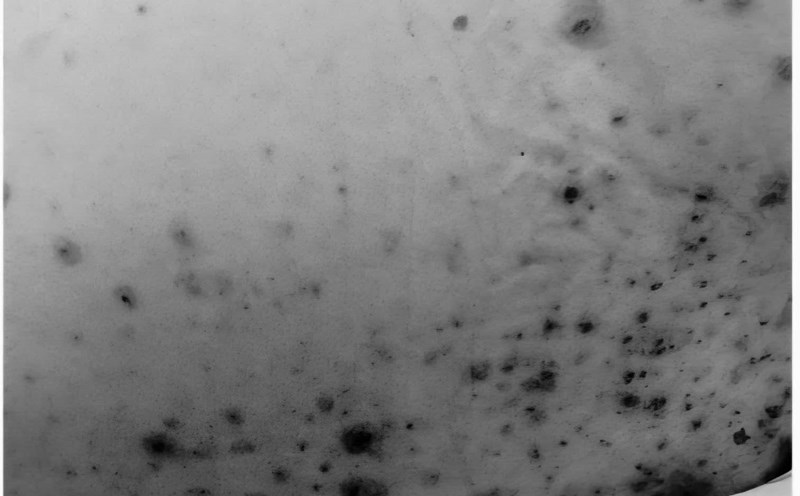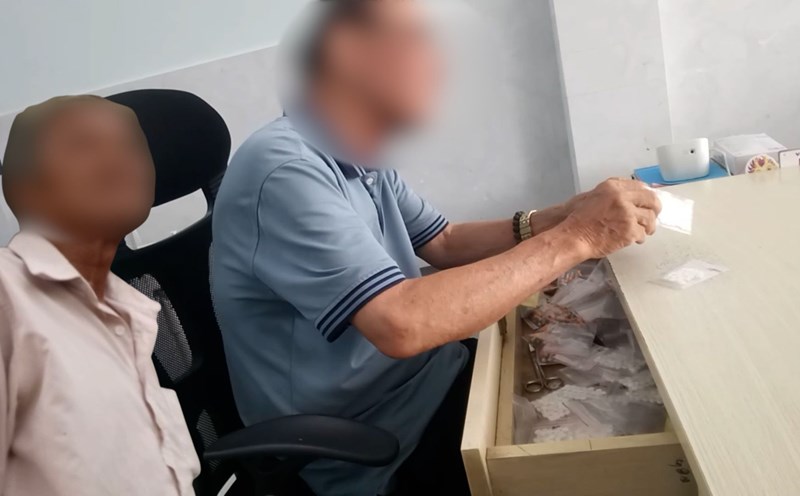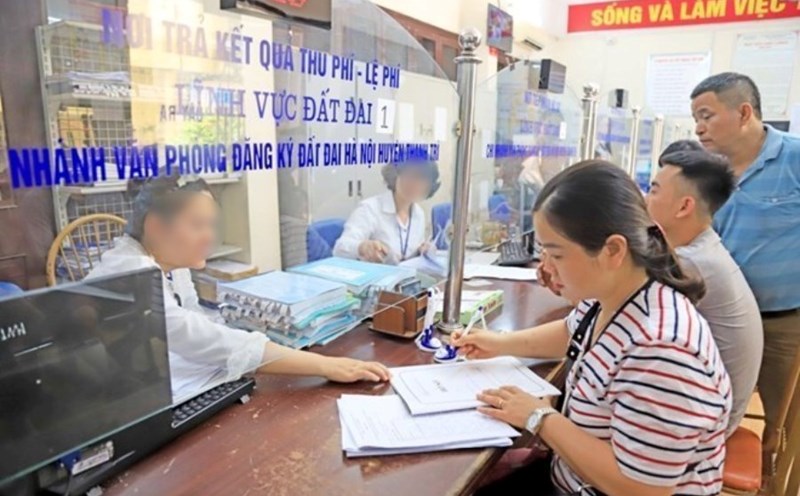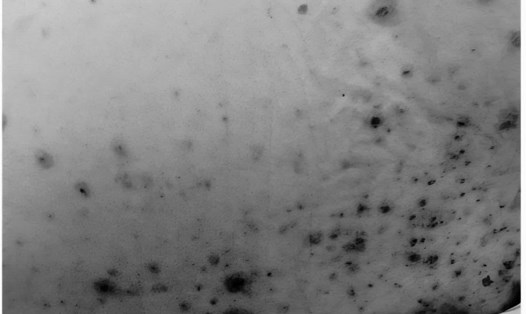12-year-old child travels 100km to get blood transfusion
congenital dysentery ( Thalassemia) is a group of genetic pigmented blood diseases that cause anemia and dysentery. People with the disease cannot make enough blood to maintain their lives, and are forced to live on donated blood.
Every month, or when the disease becomes severe, relatives rush to take the patient to the hospital for blood transfusion. The journey to save the lives of Thalassemia patients always requires perseverance and continuous efforts.
At the Central Highlands General Hospital (Dak Lak), we heard many touching stories about the journey of traveling hundreds of kilometers to blood transfusion, discharge iron, and save the patient's life.
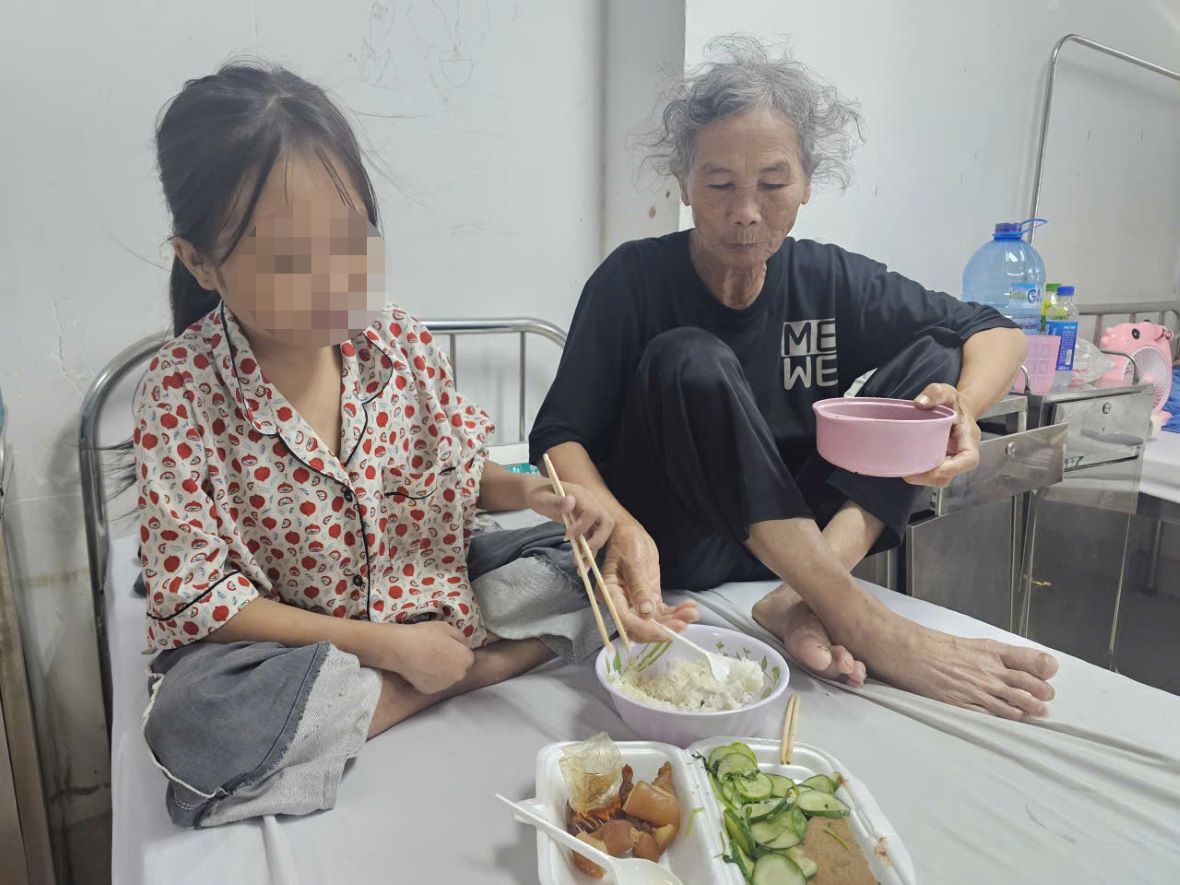
"You should eat a little more, the meat is delicious!" - Mr. Vu Thi Tam (75 years old), residing in Ea O commune, Dak Lak province, gently encouraged her 12-year-old granddaughter who had just completed the blood transfusion and iron extraction process at the General Department of Pediatrics.
She looked thin and had gray hair, and said that she had traveled more than 100km from her home to the hospital. The couple rented a service car three days ago to get treatment on time. Now that it is done, he wants to compensate for his grandchild to regain his strength before returning.
Sharing about the family situation, Mr. Tam choked up as he continued, once when he was sick, his mother took him to the doctor and discovered that he had congenital hemorrhage. The doctor said that even if I sold all my house, I could not cure it. My daughter-in-law was devastated after hearing about it and left when she was only 2 years old, the old man said.
Since then, Tam has accompanied her son to take care of his granddaughter, perseverance on the journey to keep a fragile life.
Eat charity rice, give meat to grandchildren
For more than 7 years, Ms. Nong Thi Hay (61 years old), residing in Tam Thang commune, Lam Dong province, has taken her nephew to the hospital for a blood transfusion to maintain his life. For her, the simple joy was seeing her 8-year-old boy smile healthily.
Ms. Hay said that she is the only child in the family with congenital hemolytic peristalgia ( Thalassemia). "When we first heard that our child was sick, the family was very confused and worried about his future. But after carefully learning about the disease and treatment methods, I decided to accompany her to the end, she was moved.
Once a month, the two grandmothers and grandchildren go to the Central Highlands General Hospital for blood transfusion and iron secretion. If all goes well, the treatment time will only take about 4 days, but if the hospital is anemia, they will have to wait a whole week.
Sometimes, in less than half a month, the child was tired and had yellow skin due to anemia, so she hurriedly took him back to the hospital. "Whether it's sunny or rainy, I still hesitate to take him. As long as he is alive and laughs, I will try, she said.
To save money, she often asks for charity meals over meal. As for the children, she tried to save up to buy a portion of meat to support them.
Mrs. Hay confided that the thing that made her happiest was seeing her healthy, delicious, and smiling brightly. That was the motivation for her to continue this long and arduous journey.
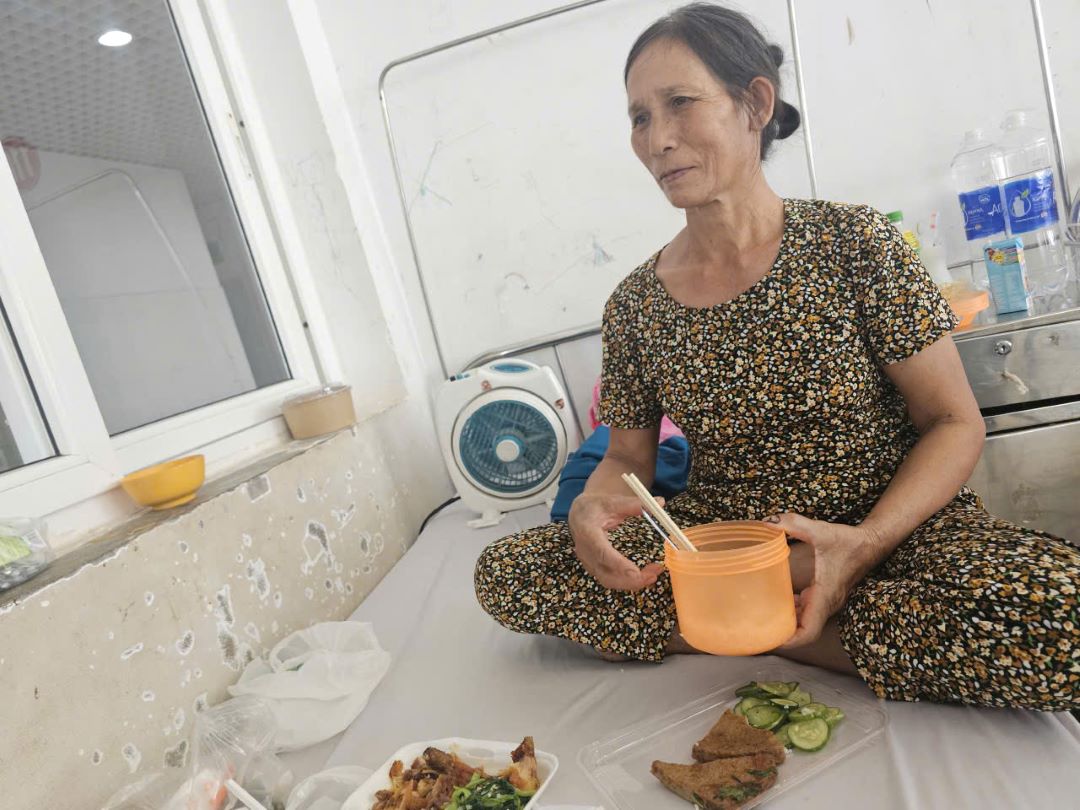
Mr. Tran Quang Huy - Director of the Center for Hematology - Blood Transfusion of Dak Lak province said that the whole province has about 300 patients with Thalassemia, most of whom are children. Because they cannot synthesize blood themselves, patients have to depend on donated blood.
Depending on the patient's physical condition, each patient needs to be given 1 to 4 units of blood at a time. Thalassemia is a genetic disease, when both father and mother carry the disease, the risk of the child developing the disease is very high.
To prevent this disease, the health sector recommends that people of childbearing age should proactively screen and test for disease genes early.


